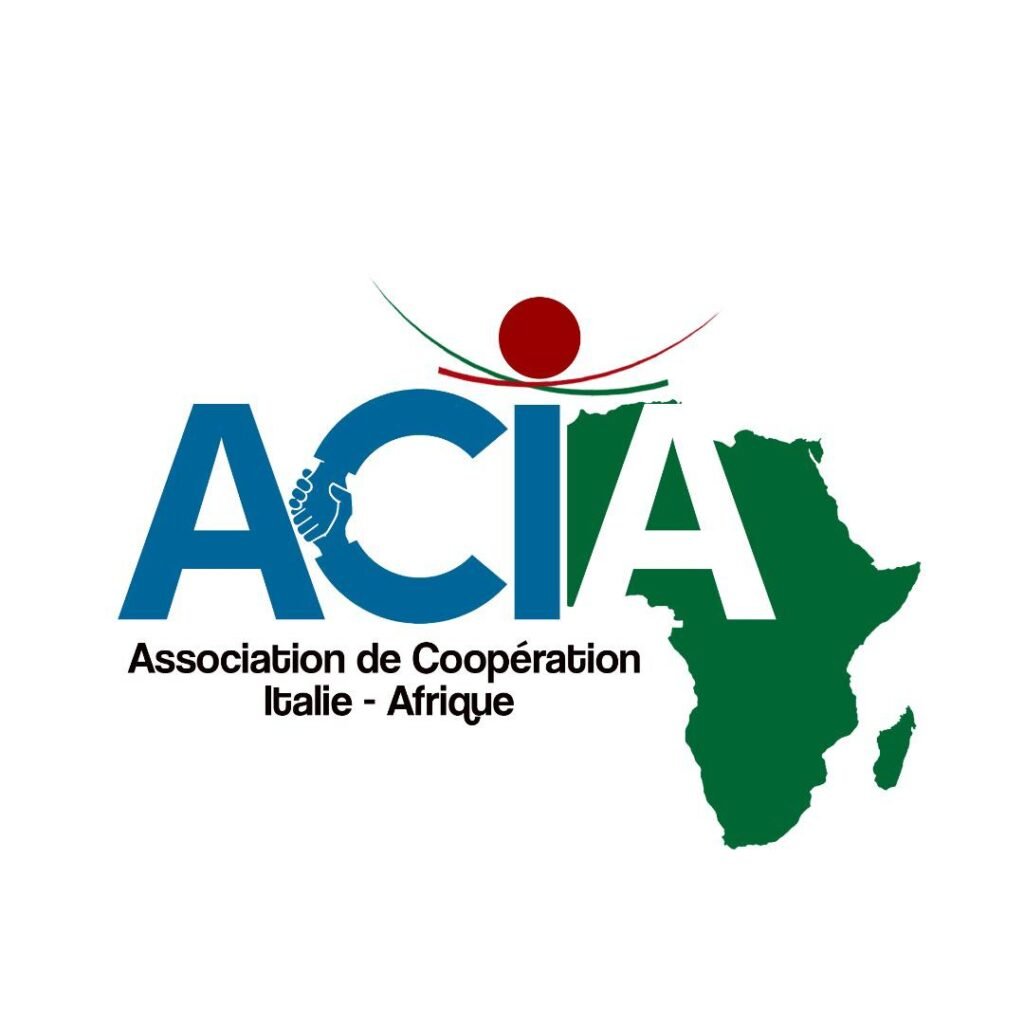Introduction
The primary objective of any entrepreneurial initiative is the creation of value for the market. The concept of value identifies how much a group of customers is willing to pay to satisfy their need. This value then translates into profitability for the company able to offer the product/service that best meets market expectations.
Business model definition
The term business model consists of two terms: model and business. Model indicates the simplification of a complex reality, business instead refers to everything that concerns the creation of value (for the customer) and its transformation into remuneration (for the company). The combination of these two terms thus gives rise to the concept of business model (business model) understood as the fundamental logical representation of the management choices through which the enterprise creates and captures value.
Buisness model versus strategy
It is important to point out that the business model does NOT is synonymous with strategy. The latter concerns the relationship with the competition and answers the question 'How can we do better than our rivals?". The business model, on the contrary, is a systemic (holistic) representation of how all the fundamental components of the business 'fit' together and answers the question "How can we create value for the customer?".

The Business Model Canvas
There are several methods for analysing the business model. One of the most important is the Business Model Canvas.
The Business Model Canvas (BMC) is a tool presented by Alexander Osterwalder in his book 'Business Model Generation' that allows the visual representation of intuitive the way a company creates, distributes and captures value.
Its visualisation is achieved through a framework within which the nine core elements of business development are represented in the form of blocks. Each business is then defined as the relationship of these nine elements interconnected.
The principle underpinning the BMC is that the underlying business model of a new idea is necessarily based on the hypothesisassumptions that are unlikely to perfectly reflect reality. Such assumptions must therefore be tested and updated as conditions change and based on feedback received from the market.
The 9 Blocks of the BMC
1. The Value proposition (Value proposition) allows us to answer the question: "Why should customers choose our product/service?" The Value Proposition Canvas (Osterwalder et al., 2014) is a tool that helps to define the value proposition by starting from the customer's real needs (red circle) and relating them to the value (green square) that the company can offer them.
2. The blocking of Segments of customers (in English Customer Segments) describes the different customer groups the company addresses. Each customer segment represents a group of homogeneous customers in relation to a number of dimensions (demographic characteristics, behaviour, needs and requirements) for which it is necessary to build ad hoc products/services1 .
3. The blocking of Channels distribution (Channels) describes how the company reaches a given customer segment to present and deliver its value proposition. Channels are the contact points between the company and its customers along different stages of the buying process: they create awareness, help in the evaluation of the value proposition, offer the product/service, enable the purchase and follow up after the sale.
4. The blocking of Reports with customers (Customer relations) describes the type of relationship the company establishes with different customer segments and indicates the ways in which the company acquires customers, retains them and increases sales.
1Blocks 1 and 2 can be reversed in terms of logical flow in the analysis.
5. The blocking of revenue (Revenue streams) describes the revenue streams that the company obtains from the sale of products/services to a certain customer segment. It is not necessary to quantify them, but only to identify the types of revenue (e.g. single, multiple, interdependent, subscription, advertising, volume-based, licences, commissions, fixed, variable).
6. The blocking of Resources key (Key resources) encapsulates the strategic assets that a company must have in order to bring to life and sustain its business model.
7. The blocking of Activities key (Key activities) describes the strategic activities that must be performed to make one's business model work.
8. The blocking of Partners key (Key partners) defines the network of suppliers and partners necessary for the operation of the corporate business model. The company is a system acting in a larger ecosystem and it is therefore not possible to think of it as something self-sufficient.
9. Finally, the blocking of the costs (Cost structure) defines the types of costs (e.g. fixed, semi-variable, variable, marketing, room rental, inventory) that the company will have to incur to make its business model work. In the Business Mapping Process Model Canvas, the cost structure is left as the last step because it is derived almost directly from the structure of the Key Activity, Key Partner and Key Resource blocks.
Once you have hypothesised the elements to be included within the nine blocks, you need to test your assumptions, following the criterion of the get out of the buildingor go out and collect data and information, in particular through direct contact with their customers, to validate these assumptions and make them actual facts.
If the data collected confirm the hypothesis, one can continue. If not, changes must be made by identifying new hypotheses and new testsin order to identify, step by step, that network of interconnections between blocks that can best meet market expectations.






